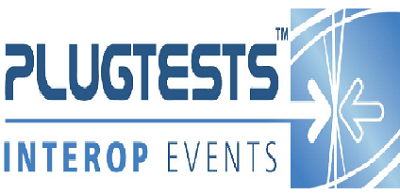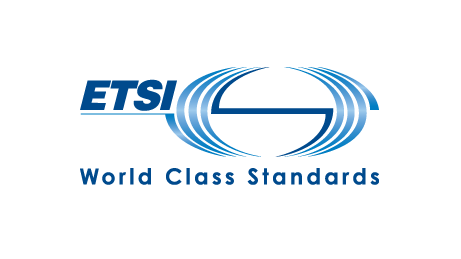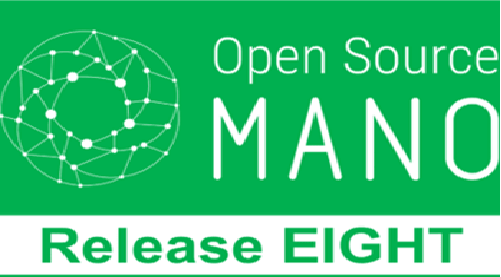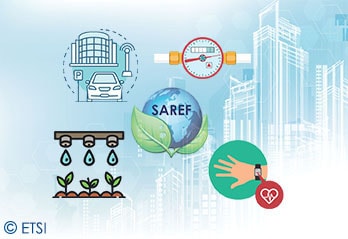The European Telecommunications Standards Institute (ETSI) released the report of its NFV&MEC Plugtests event that took place remotely in June 2020. After several weeks of remote integration and pre-testing, the event offered NFV and MEC solution providers as well as open source communities an opportunity to discuss and solve interoperability challenges while validating their implementation of NFV and MEC specifications and APIs.
Over 40 organizations and more than 170 engineers were involved in the preparation of this important event forming an engaged and diverse community of implementers testing together the interoperability of over 65 NFV and MEC solutions. Test sessions covered a wide range of configurations and showed interoperability rates from 75% to 93%. Participating organizations were able to interact remotely through the ETSI HIVE (Hub for Interoperability and Validation at ETSI) which provides a secure framework to interconnect participants’ labs and implementations.
The ETSI Quantum-Safe Cryptography (QSC) working group is pleased to announce the release of Technical Report TR 103 619 defining migration strategies and recommendations for Quantum-Safe schemes, and enhancing cryptography awareness across all business sectors.
The threat of quantum computing to asymmetric cryptography has been extensively reported in ETSI’s work and elsewhere, and has been recognized as an existential threat to the many business sectors that rely on asymmetric cryptography for their day-to-day existence. However, recognizing the threat is not sufficient, nor is knowing that a quantum-safe cryptographic algorithm exists to enable encrypted assets in a business to be protected. The entire business must now be ready to migrate to a new Fully Quantum-Safe Cryptographic State (FQSCS). In anticipation of this, ETSI has developed a new technical report defining a framework of actions that an organization should take to enable migration to a Fully Quantum-Safe Cryptographic State.
ETSI unveiled Open Source MANO (OSM) Release EIGHT. This new release adds ultra-scalable service assurance capabilities, support for new resilience schemes, and facilitates the visual operation for large-scale network deployments from Cloud to Edge.
Much more than “bells and whistles”, Release EIGHT brings a new framework for the real-time gathering of metrics and alerts, designed to manage service assurance in large production deployments. Although this new framework is agnostic of the specific monitoring method, Release EIGHT makes the use of SNMP (Simple Network Management Protocol) monitoring particularly easy, considering its vast popularity in commercial VNFs (Virtual Network Functions).
For Release EIGHT, OSM's VNF configuration layer (VCA) has introduced a new scheme for high-availability setups that greatly improves its resiliency to potential outage events. This Release also extends the support and flexibility of configuration tasks for the various components within a Network Service or Network Slice. These processes can now be launched from Kubernetes clusters in addition to Linux Containers, making the management of these critical processes more convenient for their operation at scale.
The ETSI Industry Specification Group on Multi-Access Edge Computing, ISG MEC, has recently released ETSI MEC GS 028 to extend network information services to the world of WiFi and thus squarely into enterprises space.
Multi-access Edge Computing defines a standardized set of service APIs for applications at the edge of the network where the environment is characterized by low latency, proximity, high bandwidth. ETSI MEC GS 028 specifies a new MEC service for Wireless LAN Information, allowing applications to take advantage of up-to-date information from the underlying WLAN access networks. These features are addressed through specific RESTful Application Programming Interfaces (APIs).
“This new API meets enterprises’ requirements as they increasingly take advantage of a heterogeneous wireless network access strategy, comprising both WLAN and mobile technology-based solutions” says Alex Reznik, ETSI MEC Chair.
The ETSI SmartM2M technical committee extended its IoT SAREF ontology with four new sectors addressing the automotive, eHealth/Ageing-well, wearable and water domains. The Smart Applications REFerence (SAREF) ontology is intended to enable interoperability between products from different providers and within various activity sectors in the Internet of Things (IoT), thus contributing to the development of the global digital market. SmartM2M already developed six extensions, now supplemented with these four new specifications.
The six extensions already released address the following sectors: Energy, Environment, Building, Smart Cities, Industry and Manufacturing, and Smart Agriculture and Food Chain. ETSI SAREF extensions are structured into two parts, with the first describing the ontology and semantics of the sector and the second focusing on specific use cases as examples. These are designed to evolve with new use cases to meet industry needs and requirements.










